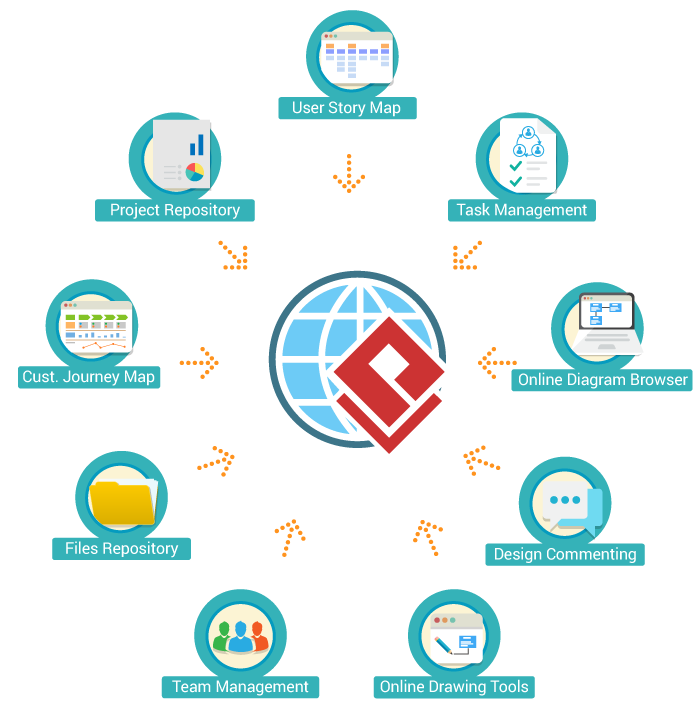Easily manage product backlog with user story map, seamlessly design software with UML, BPMN, ERD, etc. Visual Paradigm Professional is the companion of any successful software projects.
Manage your entire scrum project's activities and resources within a one-page process canvas.


End-to-End Enterprise Architecture tool suite that supports TOGAF, ArchiMate, PMBOK process map and more
Essential development tools for modeling (UML, BPMN, ERD, DFD, etc), wireframing, code and DB engineering tools, etc
Highly affordable visual modeling toolset that supports UML, BPMN, ERD, DFD, EPC and more
